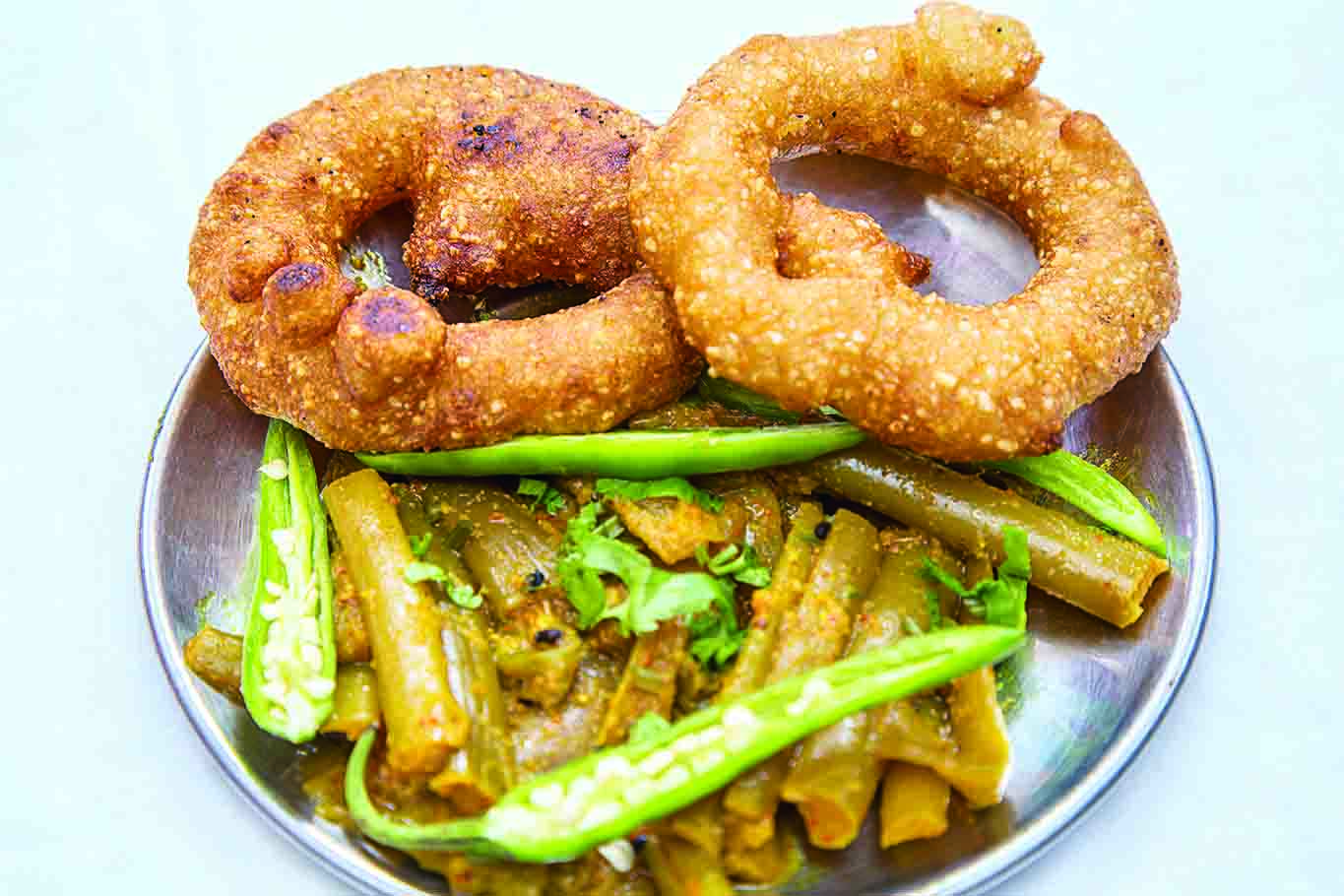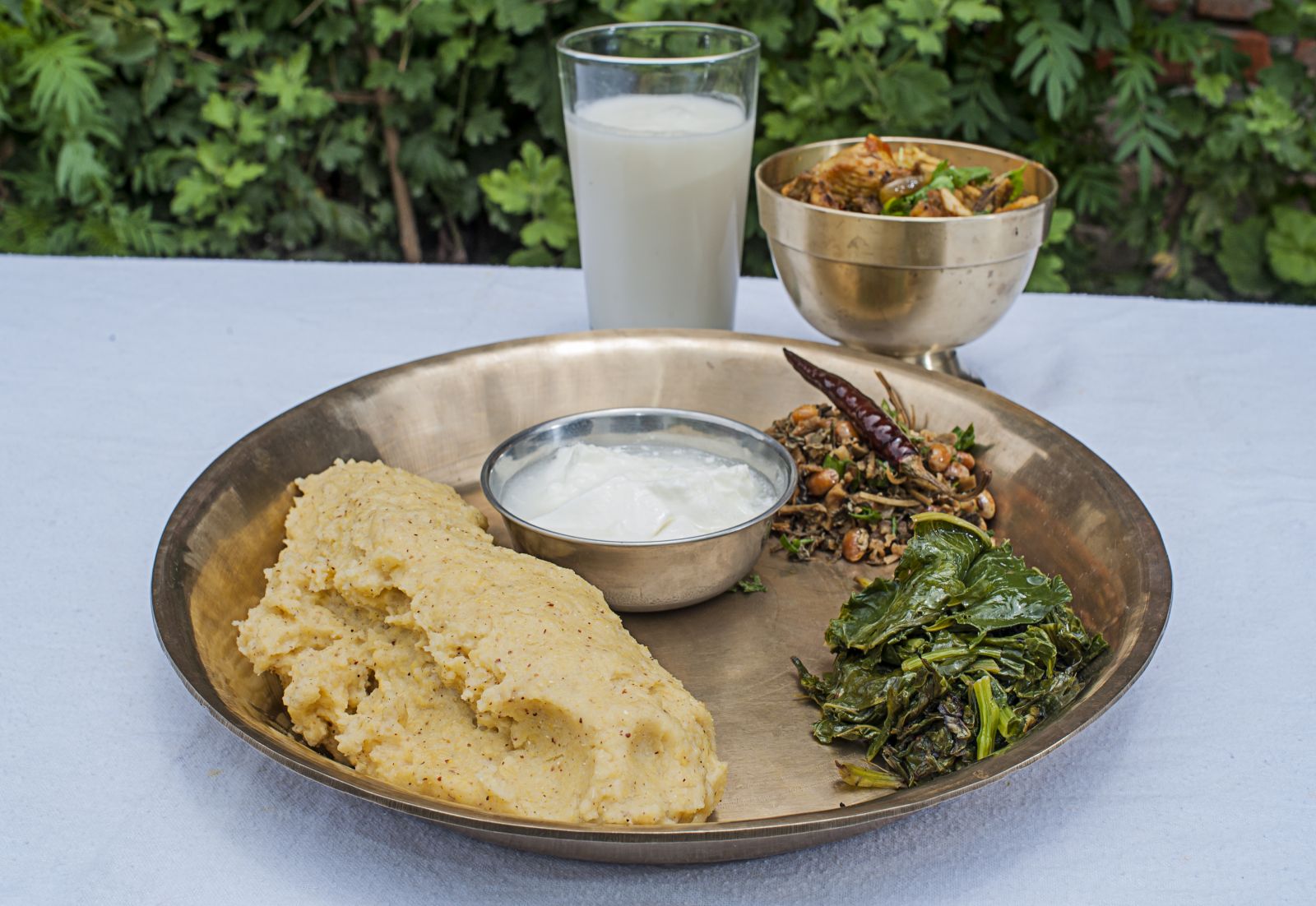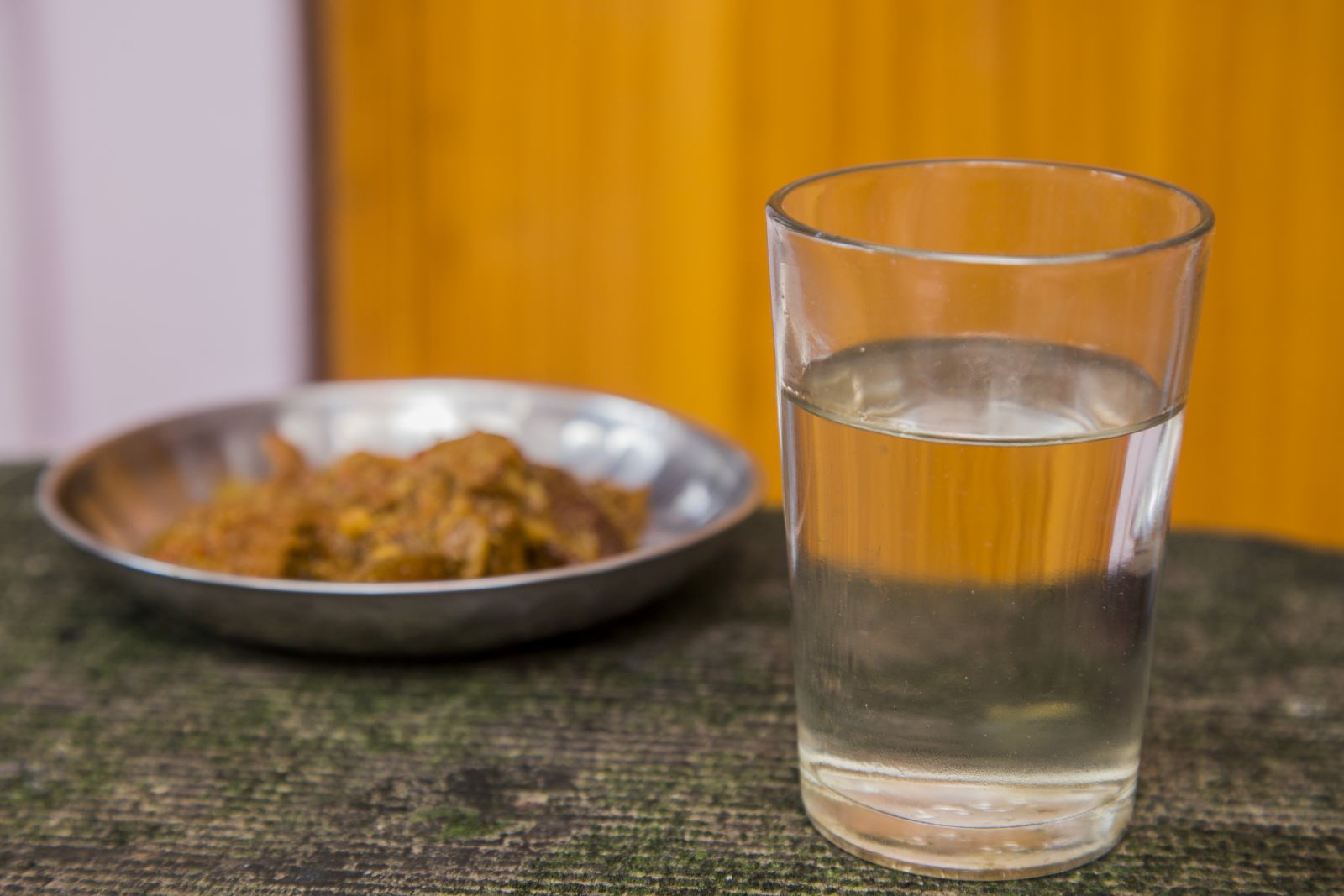
The Delightful Flavors of Authentic Gurung Cuisine
Life in the hills and mountains requires strength and hardiness, which in turn calls for healthy nourishment.
Everybody knows that the Gurungs are world renowned for their bravery and fortitude, but not everybody knows as much about authentic Gurung cuisine, which is as flavorful as it is fulfilling.
The Gurung people, also known as Tamu, are an ethnic group residing in different parts of Nepal. They mostly live in northwest Nepal in Gandaki Zone. The majority practice Tibetan Buddhism. Some of them have also migrated to West Bengal and Sikkim, in India, and Bhutan, as well. They have their own language known as Tamu Kwei, and their culture and traditions are traced back to Tibet.
They were the ones to introduce the Rodhi system, in which youths meet and have fun with music and dance at a place called “Rodhi Ghar”. Gurungs also have their own unique dances that are performed on special occasions like Ghatu and Chudka. They have made a huge contribution to Nepal’s history. Gurungs have served the world as brave Gurkha soldiers in the past, and are still doing so in many countries.
Like every other ethnic group of Nepal, the Gurungs have their own cuisine that includes different kinds of food, and some of which are quite unique and unknown to many. Their cuisine is divided into two sets—main course meal and snacks.
Main course
1. Dhindo—It is a very traditional Nepali food that is prepared from either buckwheat or millet flour. It is made my mixing the flour in boiling water and continuously stirring the mixture until it reaches a consistency where a wooden spatula becomes stuck and remains where it is. The utensil of choice is a narrow spatula called a dabilo that is often made of wood, while the pot is usually made of copper.
There is also a different way to eat dhindo. It is eaten by making small balls and dipping them in the soup that it is served with (lentil soup, gundruk, or sukuti). It is not chewed, but swallowed, because the flour used sticks in between one’s teeth, and it should be hot at the time of eating. It does not have a distinct taste, you can compare it to having rice, but the soft texture that it has is really easy on your palate and is a very unique experience.
2. Gundruk ko jhol—The second dish that is crucial while eating dhindo is gundruk ko jhol. Gundruk is fermented leafy vegetables. Mostly, mustard, radish, and cauliflower leaves are used to prepare gundruk. Their leaves are allowed to wilt for one or two days and then shredded with a knife. The roots of these vegetables are also used to make gundruk. They are then packed in an earthenware pot with warm water. It becomes ready to eat within a week. The Gurungs cook it by first frying some soybeans with tomatoes, onions, and spices. Then, they add water and bring it to a boil. Finally, they add in the gundruk that has been soaked in water beforehand.
They also eat a similar food to gundruk, which is called sinki. Gundruk is prepared from leafy vegetables, whereas sinki is made from radish tap roots. They have a very similar taste, which can be described as sour as well as earthy. They take comparatively longer time to ferment, roughly a month. This dish is mainly about the balance of the sourness from the gundruk and the spices used in it. It can feel quite sour for first timers, but one gets slowly used to that taste after a while. The fried soybeans add a bit of a texture to this dish. It goes really well with dhindo.
3. Sukuti—Smoke-dried buffalo meat, known as sukuti, is a very common and must-have food item in every Gurung household. The freshly cut buffalo meat is made into long strips and charbroiled for a couple of days until it hardens. It is a little bit similar to jerky.
Sukuti can be served both as an appetizer/snack by mixing with spices and with tomato sauce, it can also be cooked with a vegetable like potato, zucchini, or pumpkin to make a gravy that is highly preferred with dhindo. It is cooked very slowly with chopped onions and tomatoes and garlic and ginger paste. After adding the preferred vegetables, it is cooked for a long time until the sukuti softens. Personally, I love sukuti with zucchini.
It is a well-loved dish by not only the Gurungs, but also the whole Nepali population. It is very well balanced in terms of flavor, and it is extremely good on one’s palate. The tanginess from the tomatoes and the mixed-in spices give a real kick to this dish.
 |
 |
4. Niuro with machha (Fiddlehead fern with anchovies)—Another side dish in Gurung cuisine is sautéed fiddlehead fern with anchovies. This is furled fronds of a young fern that is used as a vegetable. They are sautéed with fermented or dried anchovies with a lot of tomatoes and garlic. This is a very simple, yet delightful, side dish that complements the Gurung thali (plate) very well. The feeling you get when you bite into a piece of niuro is very peculiar. The unfamiliarity slowly fades away as you keep on eating it. This dish does justice to your expectations.
5. Karkalo ko aachar—Karkalo is the Nepali name for the taro plant. All three parts of the plant are highly used in Nepali cuisine. The Gurungs use the leafy part to make aachar (pickle). They dry the leaves in the sun and make long strips of it. Then, they make a plait out of it and store them. To make the aachar, it is soaked in warm water for a while, and after it becomes soft, they add in garlic paste, salt, black pepper, chili pepper, Szechwan pepper, and a dash of chuk (which is highly concentrated lime juice that is obtained by cooking the juice at a very high temperature until it turns black). Fried soybeans are also added according to one’s preference.
It is a very different and unique taste to one’s taste buds. The karkalo has a very chewy texture and might be slightly difficult to swallow. After a few bites, it gets fairly easy to eat. The chuk gives the whole dish the boost that it needs. It is used very sparingly, but less is more in this context.
6. Mohi chop—Skimmed milk is known as mohi in Nepali. In Gurung cuisine, it is a much-loved and favorite dish of all. A fine paste of chili, garlic, and salt is added to the mohi. For this dish, slightly sour mohi is preferred. It is usually had in very small quantities. It is very tangy, spicy, and full of flavors. It might sound really strange and unfamiliar to many people. The thought of having mohi mixed with spices, garlic, and soybeans didn’t sound that appealing to me, either. In some cases, they even add in mint or coriander paste, but to my surprise, its taste was beyond my imagination. It was sour and sweet and spicy, all at the same time.
Snacks
1. Selroti with karela ko aachar—It is a Nepali homemade ring-shaped, rice doughnut that is a very important snack in many ethnic groups. The Gurungs make selroti during special occasions like Dashain, Tihar, and Baisakh Purnima. It is said that serving selroti to someone means you highly respect and adore that person. Instead of sugar, they use honey for the sweetness. Pure ghee, made from buffalo milk, is mostly preferred to fry them. But, nowadays, as it is quite hard to get hands on pure ghee, normal vegetable oil is used in its place. It is fried until the batter turns a reddish-brown in color and the outer layer becomes crispy.
I love it when the skin is crispy and the inside is still a bit soft. For me, sweeter is better, but that is not the case for everyone. Selroti is often paired with karela ko aachar. Karela is the Nepali name for bitter gourd. The name might be quite intimidating, but trust me when I say it is not that bitter. It has the right amount of bitterness that isn’t too heavy.
2. Khiuni—Often known as jhilinga, it is a very crunchy snack that is quite common among Nepali communities. It is called khiuni in the Gurung language. Unlink other communities, the Gurungs don’t use food coloring while making them, so it is white in color most of the time. Instead of using rice flour, they cook the rice and then stir continuously with a wooden spatula until it reaches dhindo-like consistency. It is then processed through a machine, which makes cylindrical-shaped thin pieces. Most of the jhilinga in other communities are colorful and circular in shape, but in Gurung culture, it is not the same. After the desired amount is processed, it needs a couple of days under the sun to dry. Once it dries properly, it is then fried in hot oil. It does not have a very distinct flavor to it, so some prefer salt and pepper seasoning over it, while some enjoy it as it is. It is a very light, crunchy, and healthy snack option.

3. Kodo ko raksi—Raksi is a Nepali traditional alcoholic beverage that is often made at home. It is either made from millet or rice. Kodo means millet in Nepali. In Gurung culture, kodo is mostly used to make the alcohol. It is a very strong drink that is clear in appearance. It goes really with sukuti. It is a culture to drink homemade raksi during important festivals. People enjoy having them more in comparison to beer or other beverages.










